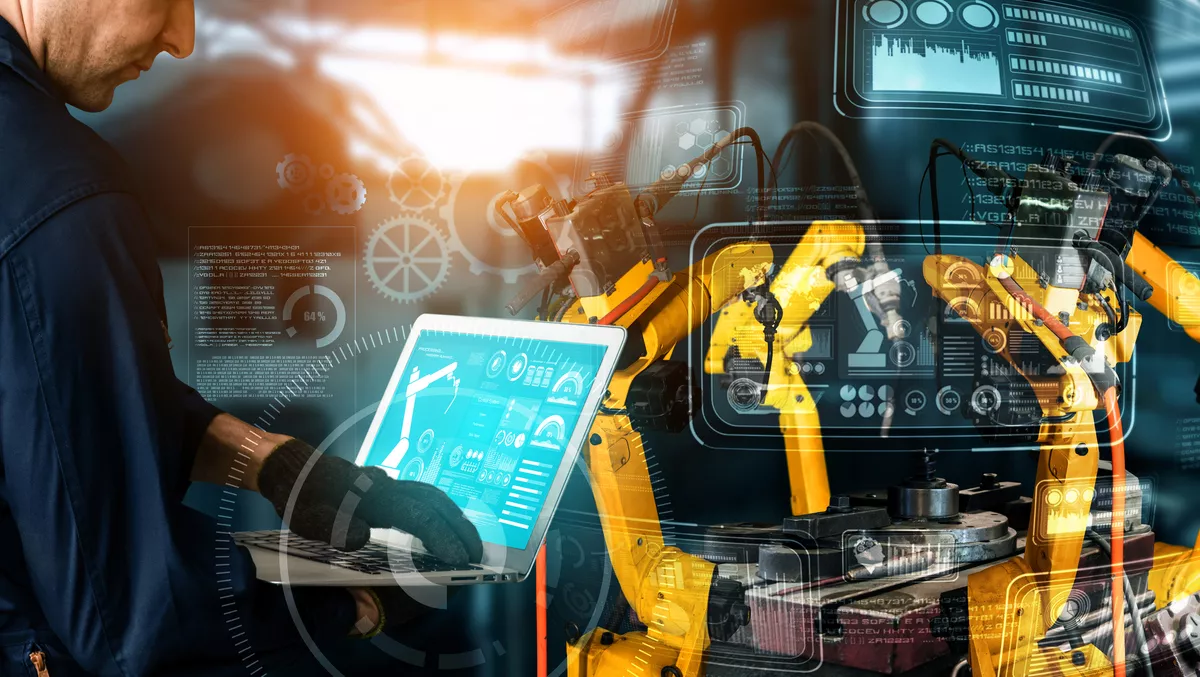
Four industries revolutionised by robots
Technology has embedded so deeply in our daily lives that it has become difficult to imagine a time when we lived without the benefits of the information age. Robotics, for example, has been around for decades and has forever changed professions, companies, and entire industries around the world. Machines have introduced enhanced efficiency, precision, and reliability, minimising the financial drawbacks and operational difficulties that sometimes stem from human error.
Today, people coexist with robots, and the relationship lets us streamline responsibilities, enhance capabilities and provides more time to strive toward innovation and greatness. This is seen around the world, with some industries benefiting from their relationships with robots.
These are four industries that have been revolutionised by robots:
1. Military and defence. Warfare and home defence is longer a matter of amassing people to fight face to face. For years now, the Australian Defence Force has adopted robotic war strategies to maximise combat efficiency and minimise human risk. This has included investing in robotics like autonomous security drones, unmanned aerial and ground vehicles, and digital weapons that incorporate computerised sight and automated firing technology.
These developments in modern warfare now make up a growing part of the military to provide security, surveillance, and combat capabilities that significantly reduce the risk to soldiers and enhance military intelligence.
2. Delivery and distribution. Warehouses that were once run by clipboards, forklifts, and manual labour have now streamlined item logistics thanks to robots. From product loading and unloading to packing and sorting, warehouse robotics add value to warehousing operations by automating the execution of menial, repetitive tasks, letting human workers focus on more complicated tasks.
For example, item transportation within a warehouse no longer requires someone to awkwardly manoeuvre a heavy trolley around hazards. Instead, mobile industrial robots can automate the internal transportation of heavy loads and pallets with greater cost-effectiveness and an increased ability to withstand dust particles and fluids. In addition, these types of robots handle labour-intensive tasks that can often lead to fatigue, which may lead to injury or lapses in judgment, and can complete tasks that would have perhaps taken days in a matter of hours.
3. Health. Robots have significantly reduced the risk and improved the outcomes of a number of surgical operations and other medical procedures. Robotic arms are already being used in minimal access or keyhole procedures, providing a steady and capable hand in the operating room.
Outside of theatre, Australia has begun to introduce robots that can support nurses by interacting with patients in short-stay units, answering questions about what patients can do if they feel unwell, providing information on things like parking, where to get food or drink in the hospital, whether smoking is permitted, and more.
4. Manufacturing. Like the delivery and distribution sector, manufacturing was previously dominated by production lines of human workers who were required to maintain a high level of care and consistency to ensure the quality of the final manufactured product. The industry was revolutionised when machines were introduced to the production line, proving that tasks can be done without stopping or mistakes, essentially guaranteeing increased output, quality, and profits.
Robotics has played such a pivotal role in manufacturing that a spot-welding robotic arm or a product packaging machine is almost archaic. Instead, the industry is focused on fully automated factories run by robots that determine output by algorithms and machine learning, ensuring a factory can efficiently meet the demand at any given time.
These industries and many others have changed forever due to the introduction of robotics. The impact has been so significant that, depending on the industry, robotics is no longer an innovation but the difference between business success or failure.

